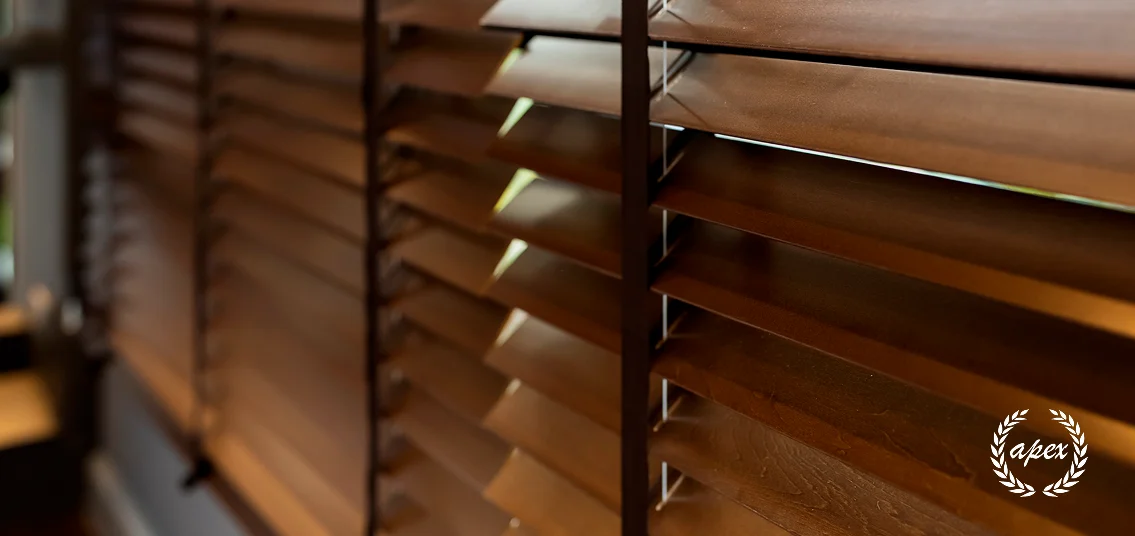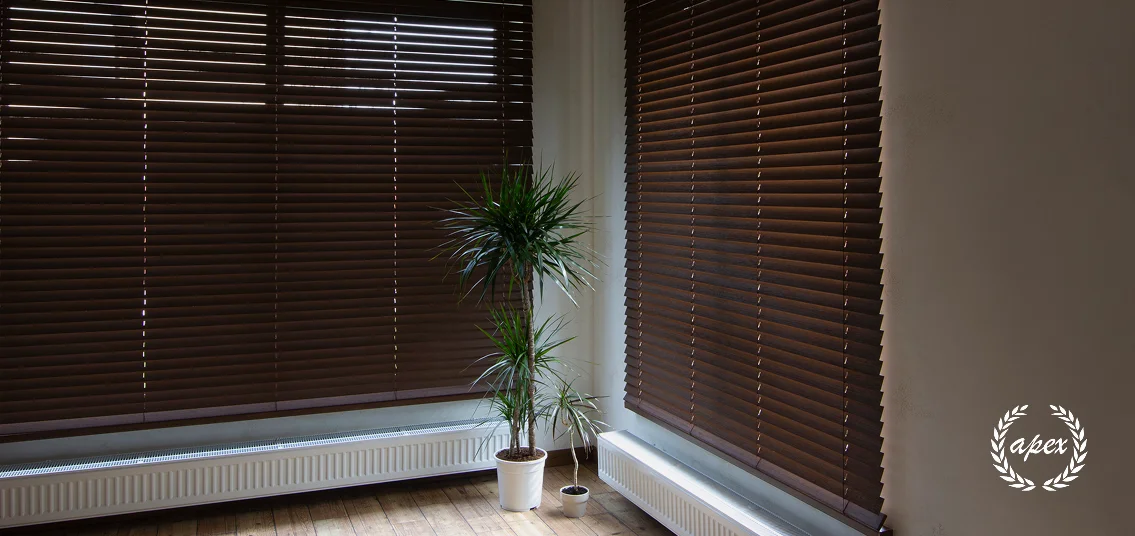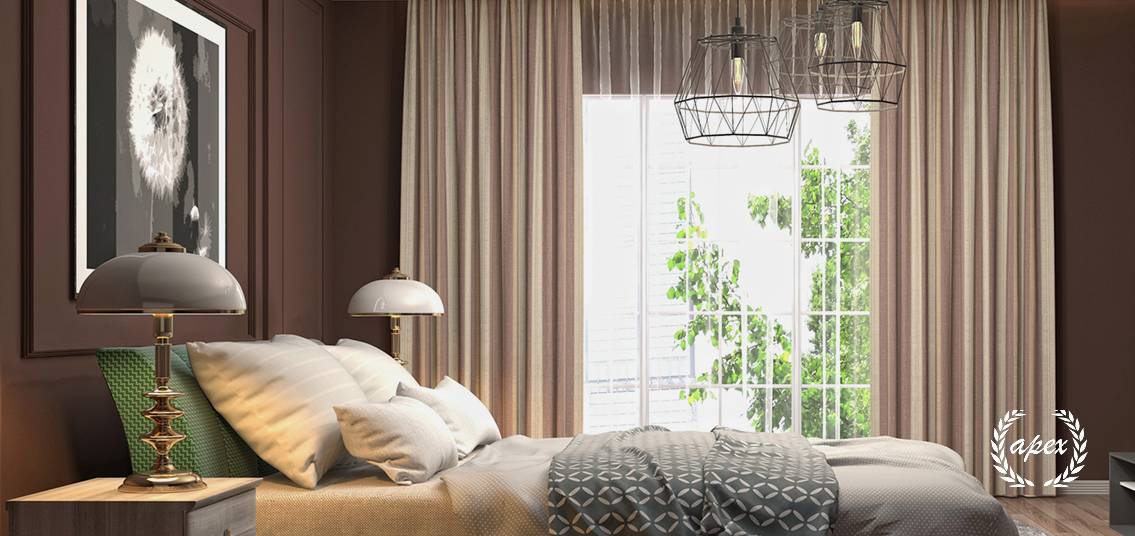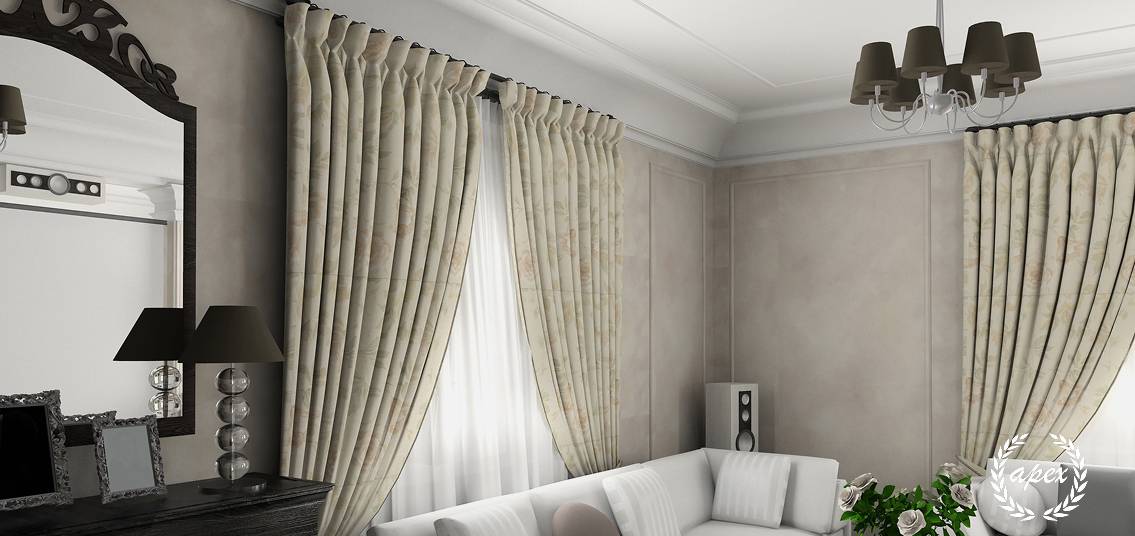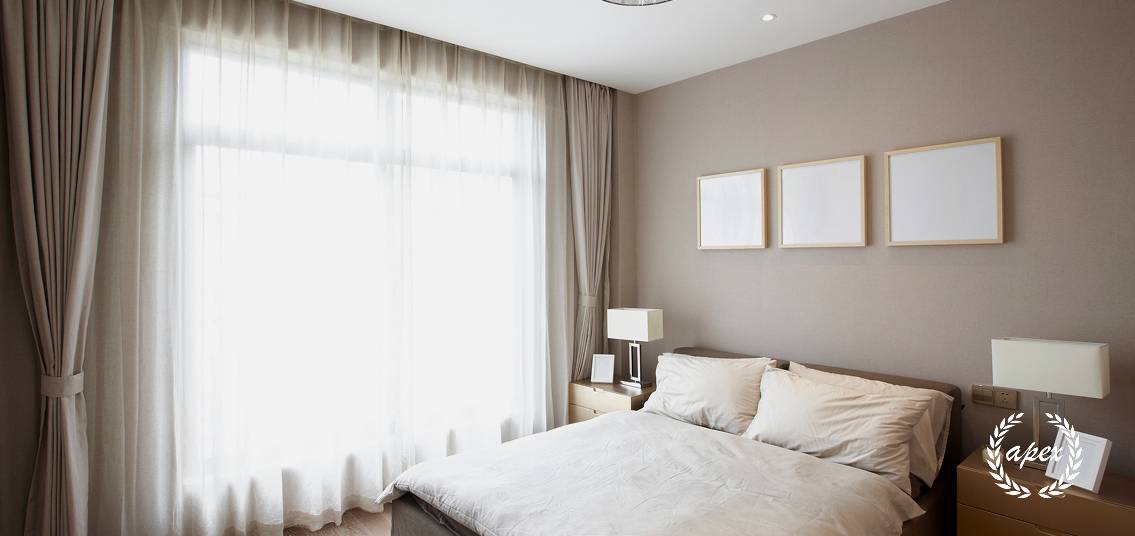More than just practical fixtures in our homes, curtains are crucial parts of interior design that have a significant impact on a space’s atmosphere. Three common options stand out when it comes to choosing the ideal curtain fabric: cotton, polyester, and linen. Because each of these materials has distinct qualities, benefits, and drawbacks, they can be used for a variety of styles and objectives. You can make an informed choice that fits both your functional needs and aesthetic preferences by being aware of these fabrics. Apex Blind offers a wide range of high-quality window treatments for your home or office.

Key Takeaways
- Linen, polyester, and cotton are popular choices for curtain fabrics, each with their own unique characteristics and benefits.
- Linen curtains are highly breathable and offer a natural, textured look, but they may wrinkle easily and require more maintenance.
- Polyester curtains are durable, wrinkle-resistant, and easy to maintain, but they may not offer the same level of breathability as linen.
- Cotton curtains are soft, versatile, and easy to care for, but they may be more prone to fading and shrinking over time.
- When comparing linen and polyester curtains, consider factors such as durability, maintenance, aesthetics, style, and environmental impact to determine the best option for your home.
Understanding Curtain Fabric Options
Natural linen is renowned for its texture and breathability, and it’s frequently linked to a carefree yet sophisticated style. Conversely, polyester is a synthetic fabric that is popular in contemporary homes due to its durability and adaptability. Comfort and a variety of design options are combined in cotton, a timeless fabric. This post will examine the benefits and drawbacks of each type of fabric, evaluate their environmental impact, durability, and aesthetics, and finally offer advice on how to pick the ideal curtain fabric for your house.
Linen Curtains: Pros and Cons
Linen curtains are prized for their organic texture and opulent look. Breathability is one of linen’s biggest benefits. This natural fiber promotes air circulation, which makes it a great option for rooms with high levels of sunlight or warmer climates. Linen curtains can improve the overall aesthetics of your room by fostering a feeling of lightness and airiness.
Advantages of Linen
Also, linen has a special ability to drape exquisitely, giving any space a sophisticated touch. But there are some disadvantages to linen curtains.
Drawbacks of Linen
Their propensity to wrinkle easily is one of the main issues. The casual appearance of wrinkled linen may appeal to some, but not to others.
The natural sourcing & production process of linen can also make it more costly than other fabric options. Also, it needs extra attention; improper washing of linen curtains can cause them to fade or shrink. Consequently, even though linen curtains can improve the aesthetics of your house, they might not be the best option for every household.
Polyester Curtains: Pros and Cons
Polyester curtains are very popular because they are inexpensive and long-lasting.
Polyester’s exceptional ability to resist fading & wrinkles makes it a great material for busy homes or areas that get a lot of sunlight.
Advantages of Polyester
These curtains are simple to maintain; you can frequently machine wash them without worrying about breaking them. Also, homeowners can find the ideal match for their decor thanks to the large selection of colors and patterns that polyester comes in.
Drawbacks of Polyester
Polyester’s synthetic nature means that it lacks the organic feel and breathability of materials like cotton or linen. Your home may become less welcoming as a result, particularly during the warmer months when ventilation is crucial. Also, some people may be allergic or uncomfortable with synthetic materials. Polyester curtains are useful & adaptable, but they might not be as elegant or warm as their natural counterparts.
Cotton Curtains: Pros and Cons
The classic option of cotton curtains blends comfort and adaptability. Cotton’s softness, which feels good against the skin and warms any space, is one of its main advantages.
Advantages of Cotton
When necessary, cotton curtains can effectively block out light because they are also very absorbent. Since they are available in a variety of designs, hues, and patterns, homeowners can readily express their individual preferences. But cotton curtains do have certain drawbacks.
Drawbacks of Cotton
They might not be as breathable as linen or as wrinkle-resistant as polyester, despite their general durability. Cotton may need to be replaced more frequently than other materials because it can fade over time when exposed to direct sunlight.
In addition, cotton curtains might need more washing & ironing to maintain their crisp, new appearance. Cotton is still a popular option for people looking for a balance between comfort and style in spite of these disadvantages.
Linen vs Polyester: Durability and Maintenance
Polyester curtains are obviously superior to linen curtains in terms of longevity and upkeep. Polyester is renowned for its durability; it can tolerate more wear & tear than linen, which makes it appropriate for busy spaces or households with kids and pets. Compared to the delicate nature of linen fibers, polyester’s synthetic fibers are less likely to fray or tear.
In terms of maintenance, polyester curtains are incredibly user-friendly. They usually retain their shape and color vibrancy even after being machine washed and dried. linen curtains, on the other hand, need to be handled with more care; to avoid shrinkage or damage, they should be air-dried after being washed on a gentle cycle. Regular ironing is necessary to keep linen looking crisp, even though it may eventually acquire a lovely patina. Consequently, polyester curtains might be a better option if you value low-maintenance options that can survive regular use.
Aesthetic Appeal of Curtain Fabrics
The Intricacy of Natural Texture
In terms of appearance, linen curtains have a refined quality that is difficult to achieve with synthetic materials. Any space gains depth & personality from the organic texture of linen, which also creates a casual yet sophisticated ambiance.
Polyester Design Versatility
Curtains made of polyester are versatile. Though they can be designed in a variety of ways, polyester curtains might not have the same natural feel as linen.
Polyester can imitate a variety of textures and patterns, but it frequently falls short of natural textiles like cotton or linen in terms of richness. But because polyester comes in so many different hues and designs, you can find options that go with practically any type of decor, from classic elegance to modern chic. Which Fabric Is Best for Your Space?
In the end, linen might be your best option if you value style and wish to create a comfortable yet elegant space.
Environmental Impact of Curtain Fabrics
Because it comes from a natural source, linen has a greater environmental impact than polyester. Flax plants, which are used to make linen, require less fertilizer and pesticides than other crops like cotton. To make linen a more sustainable choice overall, flax plants also use less water throughout their growth cycle. Also, the energy required to produce linen is lower than that of polyester.
However, the fact that polyester is made from petroleum-based materials raises questions regarding its impact on the environment. Significant energy is used in the production of polyester, and chemical runoff from manufacturing processes adds to pollution. Although some businesses are attempting to develop recycled polyester options that have a lower environmental impact, natural fabrics like linen might be more readily available than these substitutes.
The more environmentally friendly choice for curtain fabrics would probably be linen if sustainability is important to you.
Choosing the Right Curtain Fabric
In conclusion, there are a number of considerations to make when choosing the ideal curtain fabric for your house, including environmental impact, durability, maintenance needs, and aesthetics. Although linen curtains are elegant and breathable, they need to be handled and maintained carefully. Polyester curtains are long-lasting & low maintenance, but they might not be as warm as natural textiles.
Cotton curtains combine comfort and adaptability, but they may lose their color with time. Ultimately, the decision you make will be based on your personal preferences and lifestyle requirements. Linen might be the perfect fabric for you if you want sophistication and don’t mind extra care.
Polyester might be the best option if you want functionality without completely compromising style. Cotton continues to be a dependable choice for individuals who value comfort with a traditional feel. You can make an informed choice that meets your functional needs and improves the aesthetics of your home by being aware of the advantages and disadvantages of each type of fabric, including cotton, polyester, and linen. Choosing between functional polyester panels or opulent linen drapes will surely help you create a stunning living area that is uniquely yours.
When it comes to choosing the right fabric for curtains, it’s important to consider the pros and cons of popular options like linen, polyester, and cotton. Linen is known for its luxurious look and feel, but it can be prone to wrinkling and shrinking. Polyester is a durable and affordable option, but it may not offer the same level of breathability as natural fabrics like cotton. To learn more about the different types of curtain fabrics and their advantages and disadvantages, check out this informative article on the Pros and Cons of Popular Curtain Fabrics.

